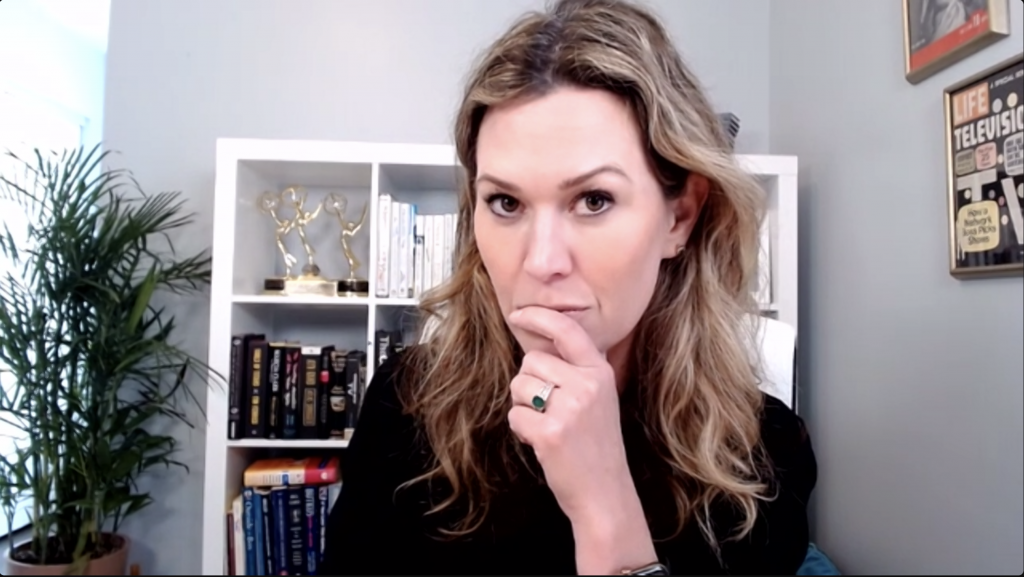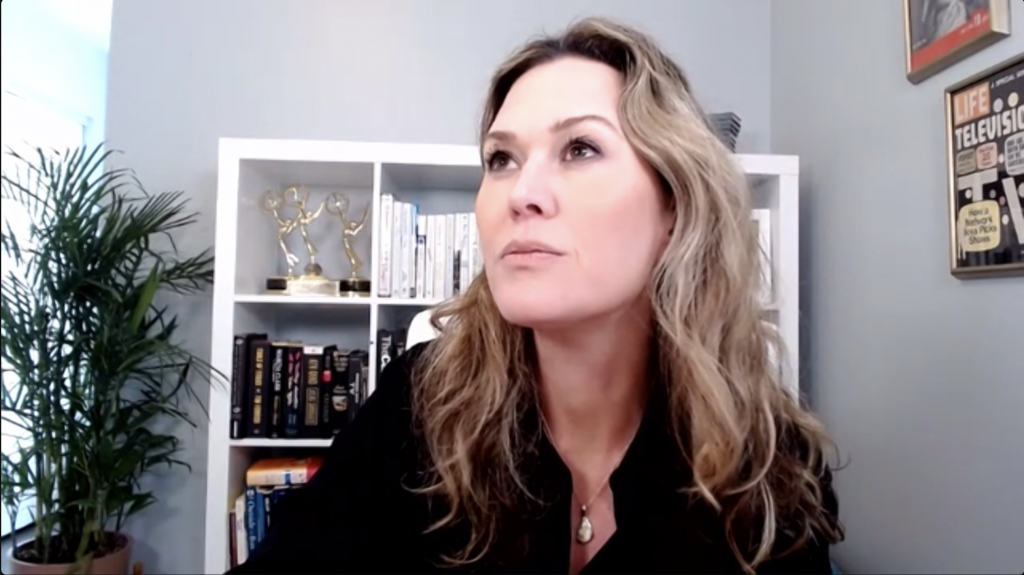At least 80% of your communication comes from non-verbals.
At least 80% of what you say is not even what you say.
You can prepare, and prepare, and prepare what you physically are going to say with the actual words that are coming out of your mouth, but we constantly are communicating through how we walk into a room, what we wear, whether our shoes are beaten up or if we look exhausted or disheveled.
I had a C-suite executive at a big software company hire me to help his team. He asked me to take a good look at what his team was wearing because he knew his sales team and demo people needed to make a really good first impression with their customers.
He knew he needed his team to evoke more trust in the brand and the message their body language and even clothing were subconsciously sending their future customers.
When I met with them, I found many of the team didn’t tailor their pants, something really basic.
Their pants were just too long. They didn’t land nicely where they were supposed to. They just kind of gathered in folds and creases over their shoes.
What was the message they were sending future customers? They were sloppy, the company was sloppy, the brand was sloppy, and they didn’t think about the little things.
They are not detail-oriented.
When we don’t take care of ourselves, it makes people think we can’t take care of someone else.
When you go into the store and get a new pair of jeans or a great pair of slacks, take that extra step to make sure they’re tailored. It doesn’t really cost you that much, but boy, could it do some major things for your career.
If you can’t take care of yourself, then subconsciously, people will think you can’t take care of their brand or the 20 thousand or million-dollar contract you’re trying to land with them.
Don’t just think, “Well, I’m just the guy doing the demo on the webinar – nobody cares what I’m wearing,” because …
They. Do. Care.






